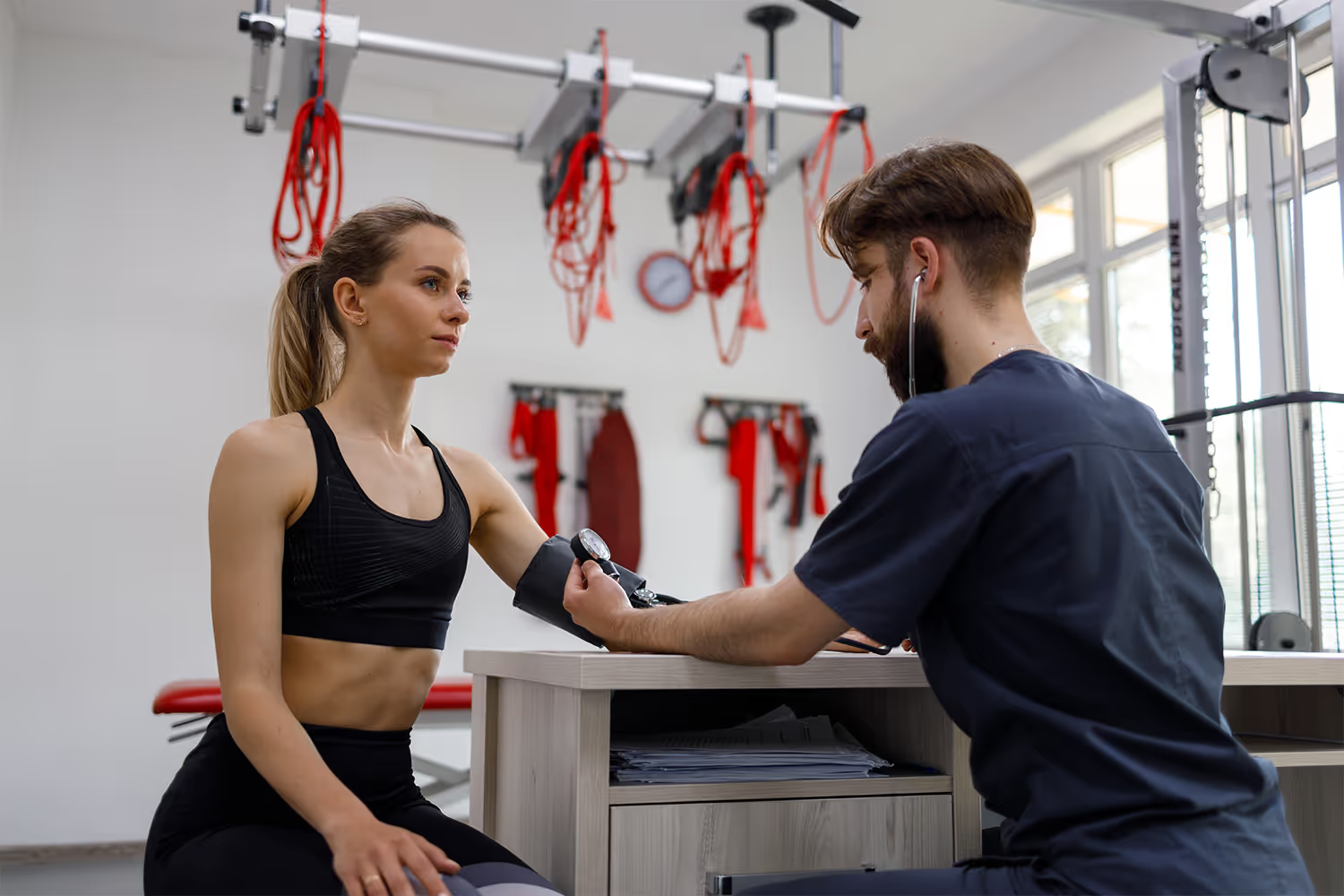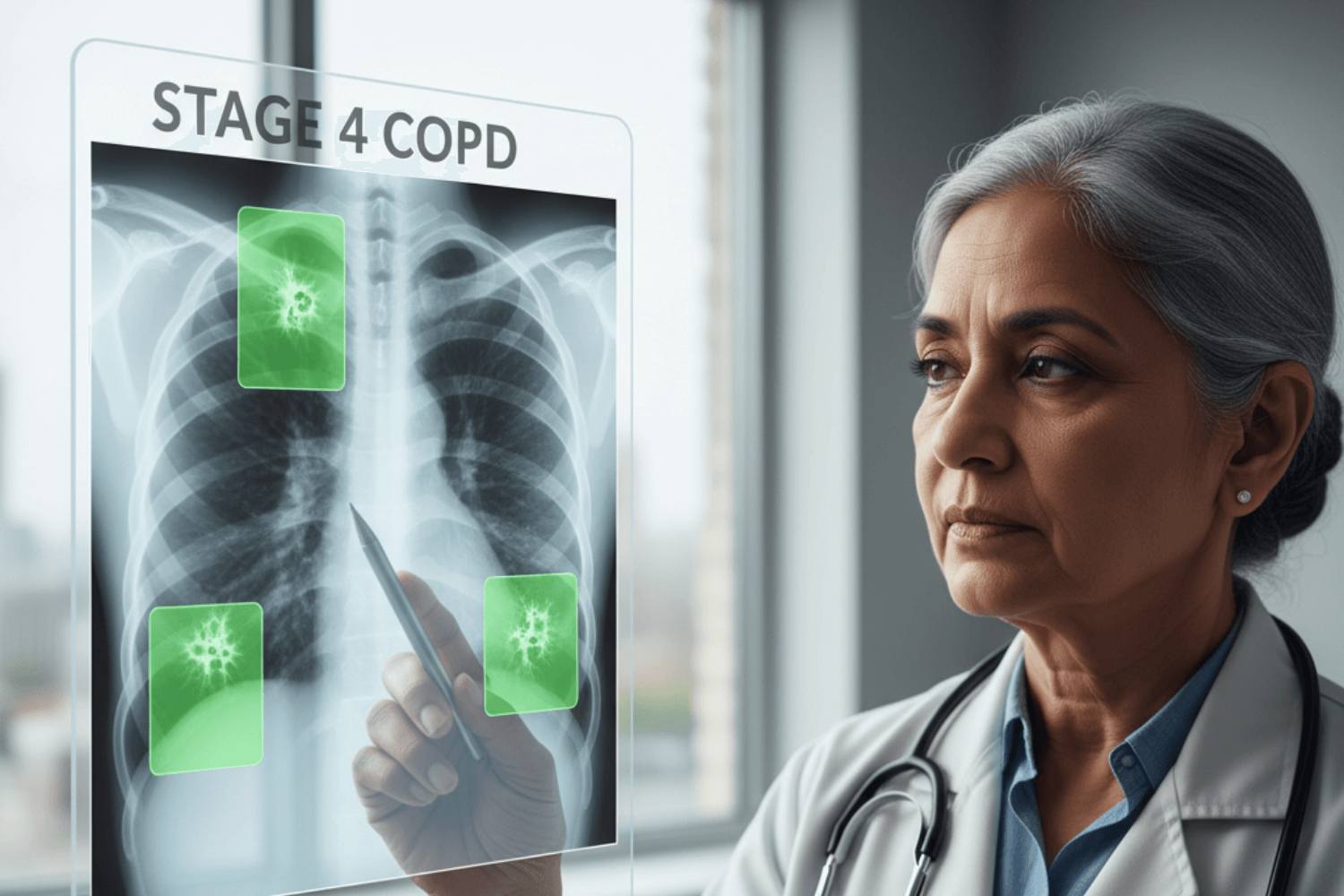
Cardiac rehab is one of the best things you can do to improve your level of fitness and overall quality of life when dealing with a cardiac problem. If you are recovering from a heart attack or other heart problems, adding these daily activities to your routine can help.
Additionally, if you are managing heart failure, recovering from heart surgery, or simply wanting to improve your cardiovascular health, cardiac rehabilitation can help.
One of the main tenets of an exemplary cardiac rehabilitation program is a targeted and tailored exercise regimen that meets you where you are and slowly improves your strength, mobility, and cardiovascular health.
Below is a closer look at some of the best exercises for improving your functional fitness and cardiac health.
1. Stretching
When people think about how their physical health impacts their day-to-day routine, they typically underestimate the importance of having adequate flexibility. Flexibility is more than simply just touching your toes. Having adequate flexibility plays an integral role in your ability to do day-to-day tasks and ensures mobility and a full range of motion across your joints.
For various reasons, stretching is an excellent exercise for a cardiac rehab treatment plan. First, stretching promotes blood flow to the regions being stretched, and second, it can help prevent injuries. Holding static stretches can also constitute a light exercise and be a great way of getting your heart rate up.
Stretching also helps improve flexibility in muscle groups that tend to become less flexible due to age and a sedentary lifestyle. Stretches like hamstring or calf stretches can be particularly helpful for mobility and are worth adding to your regular exercise program.
Stretching for cardiac rehab can include stretches that target the calf, hamstring, back, and more. These stretches focus on safely working across joints that impact day-to-day living to help maintain range of motion. These stretches are often performed after a short warmup, hot shower, or heat application to help loosen muscles and allow for a better stretch.
2. Cycling
Cardio is an essential aspect of cardiac rehabilitation, and cycling is an excellent low-impact exercise that people can do at nearly all fitness levels. Upright stationary bikes, recumbent stationary bikes, and cycling bikes are just some of the options available.
These machines can be great for placing your cardiovascular system at a healthy stress level. These bikes work the large muscle groups of the legs, which can help retain strength in these muscles necessary for mobility.
The legs, however, are not the only part of the body that can benefit from cycling. An arm ergometer is a form of cycling that targets the upper body by having your arms move in a circular or elliptical movement.
3. Resistance Band Training
Strength training is often intimidating to people because they imagine heavy weights, barbells, and unwieldy equipment. While free weights certainly have their place in a gym, another option that anyone can utilize is resistance bands. A simple lifestyle change, like working out with resistance bands, can make a big difference in your outpatient recovery.
Resistance bands are elastic bands that can be utilized to apply a level of resistance to aid muscle growth over time. Resistance band training can be immensely helpful in cardiac rehab by providing muscular resistance with a lower risk of injury from dropping weights. Additionally, they make an ideal addition to remote cardiac rehab programs as they are widely available and easy to store.
4. Upper Body Resistance Training
The upper body muscles play an important role in your everyday life, and maintaining their strength can provide a better quality of life and help improve your overall standard of health. Focusing attention on specific muscle groups like your biceps, shoulders, lats, traps, and pecs are all a part of upper body exercise training.
Training the upper body can seem intimidating, but when performed with a trained exercise physiologist, they can create a tailored routine that is manageable and meets you where you are at. With cardiac rehab, you won’t be asked to do bench presses but rather utilize exercises that utilize your body weight or a manageable amount of weight via dumbbells or resistance bands.
5. General Balance Exercises
Balance is a part of physical health that is often overlooked. Balance is incredibly important, especially as you get older, and performing exercises to retain and improve balance can be well worth the effort, as a lack of balance can increase the risk of falls and can be detrimental to one's ability to remain independent as one ages.
Some general balance exercises can include standing on one foot while hovering the other foot, standing and sitting without using your arms, and practicing a standing march. You can also utilize tools such as a balance board and other balance trainers.
6. Walking
You don’t need to sweat and exert 110% of your energy to achieve results. In actuality, many everyday tasks already benefit your cardiovascular health when done consistently. An example of this is walking, a form of cardio recommended by many cardiologists and other healthcare providers.
One of the most significant contributing factors to a decline in cardiovascular health, aside from smoking and poor dietary habits, is a sedentary lifestyle. Changing your everyday routine to include more movement can benefit your overall health and cardiovascular system.
Incorporating a daily walk, utilizing a treadmill, or even finding moments in the day to stand instead of sitting can make a noticeable change to your health while recovering from a heart condition.
7. Water Aerobics
Aerobic exercise is a key part of any cardiac rehab program. Water aerobics is a great way to switch things up in a low-impact manner while adding some difficulty and added resistance.
A water aerobics exercise session can include underwater running, leg lifts, curls, jumping jacks, and more. Water aerobics is an excellent option for many reasons. First, being in the water and doing exercises is extremely easy on your joints.
Doing exercises like jumping jacks can be jarring, but in water aerobics, the load on your joints is lessened. Another benefit is that moving through water requires more effort than moving on land, which can help to facilitate muscle growth.
8. Lower Body Resistance Training
The lower body is vital to your overall health and mobility, and a sedentary lifestyle and poor cardiovascular health can severely impact these key muscle groups. Targeting the lower body with strength training exercises can improve blood flow to these muscles while also improving the strength and coordination of your lower body.
Some lower-body resistance exercises can include squats and transitioning from a seated position to a standing position without using your arms.
Why Is Cardiac Rehab Important?
Cardiac rehab is a program that helps people recover after a heart attack, heart surgery, or other cardiac events by improving their standard of cardiovascular and overall health. It typically includes a combination of tailored exercises, education, and counseling to help improve cardiovascular fitness, reduce risk factors for further cardiac events, and improve quality of life.
Cardiac rehab plays an important role in both recovery and prevention in cardiac patients. These programs contain an interdisciplinary team of healthcare professionals trained to provide tailored guidance to improve cardiovascular health through heart-healthy holistic interventions.
While cardiac rehab is important, many people forego the program due to the many barriers of traditional rehab programs. These include needing a way to travel to a rehab center, needing to work around the schedule of a rehab facility, and needing adequate mobility to leave the house.
This is where virtual cardiac rehab from Carda Health comes in. Getting access to help from a virtual cardiac rehab team is a revolution in the industry as it allows people to participate in the program from the comfort of their own homes, which can increase access to care and reduce many of the barriers to entry.
Virtual cardiac rehab programs also allow patients to receive monitoring and guidance from qualified exercise physiologists remotely through telemedicine, which can be beneficial for those who live in remote areas or have mobility issues.
Additionally, home-based cardiac rehab can provide patients with more flexibility in scheduling and allow them to stay engaged in their recovery for longer periods of time than they would have with traditional programs.

The Bottom Line
Cardiac rehab can have beneficial impacts on individuals with existing cardiac problems or those looking to reduce risk factors for cardiac events or other cardiac complications. The interdisciplinary approach of cardiac rehab can help people to live a healthier lifestyle which can help to reduce cholesterol, improve heart health, and allow individuals to have an improved quality of life.
Exercises for cardiac rehab tend to focus on improving cardiovascular health, mobility, and functionality in a safe manner for the individual. Continuous vital monitoring by an exercise physiologist, along with expert guidance to meet you where you are and gradually improve your fitness, is what cardiac rehab exercises are all about.
Sources:
Fall Prevention: Balance and Strength Exercises for Older Adults | Johns Hopkins Medicine
Sedentary Behavior, Exercise, and Cardiovascular Health | Circulation Research







